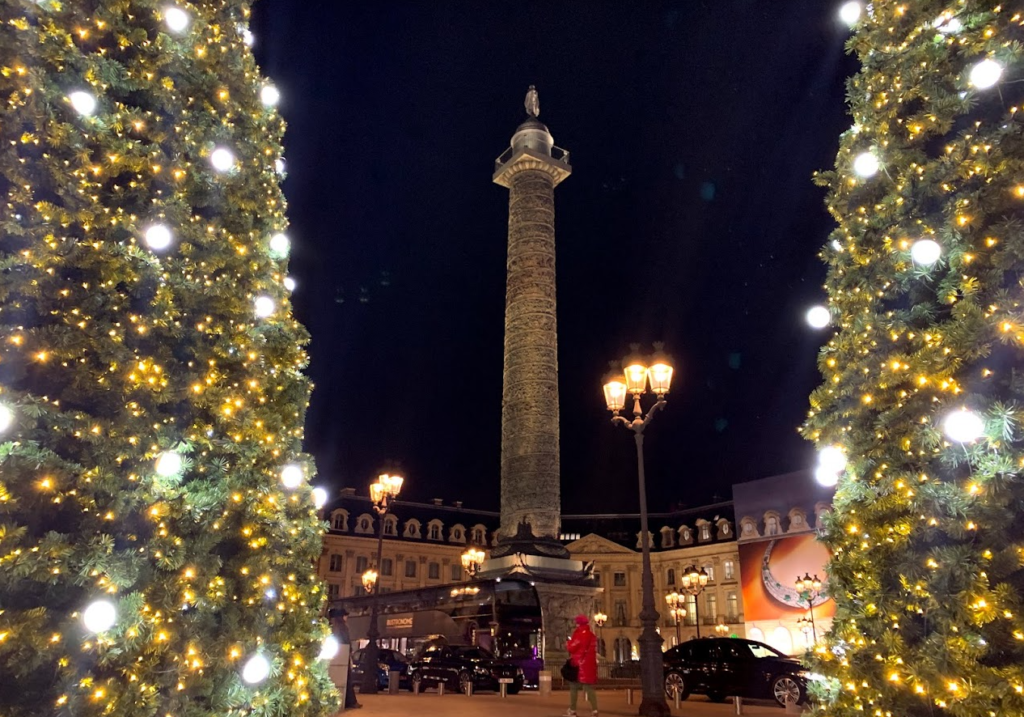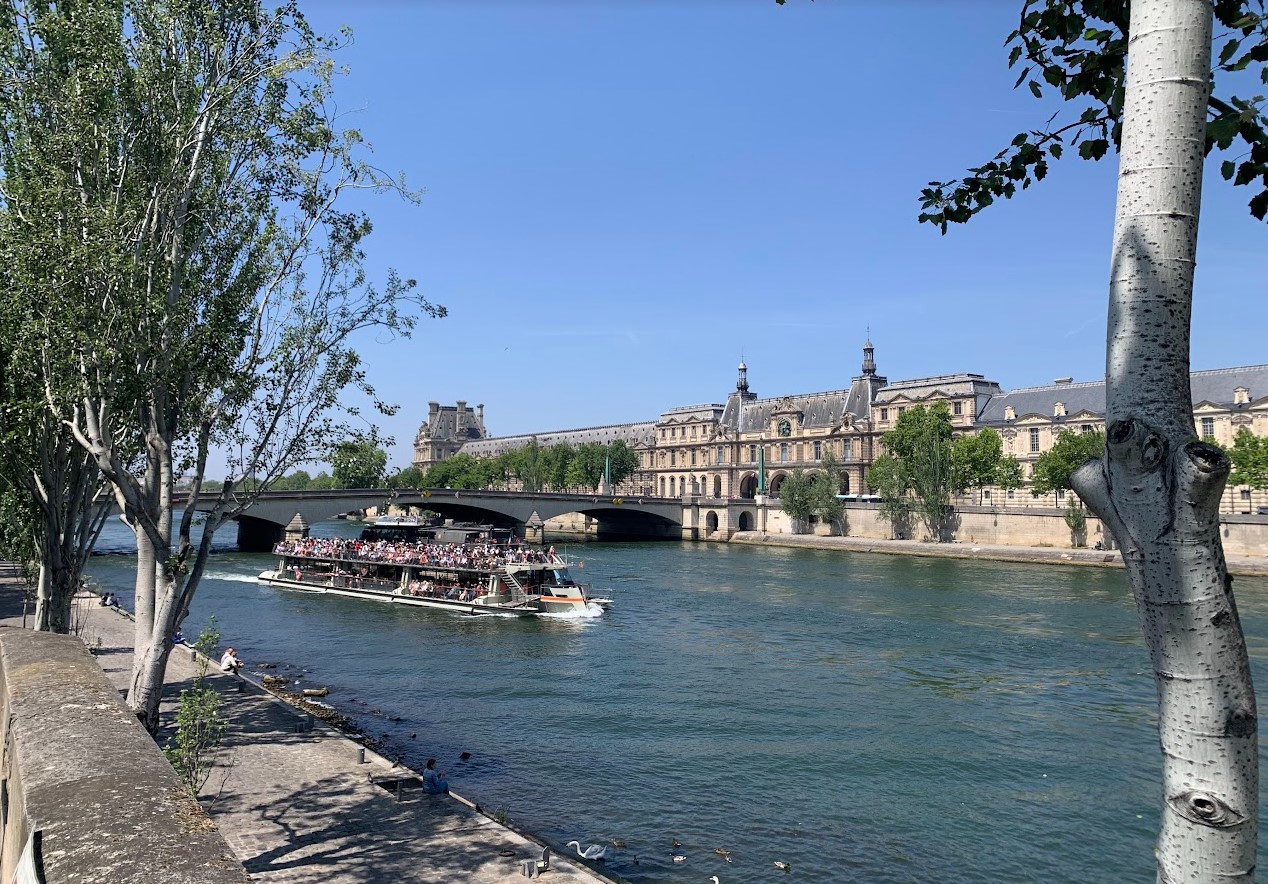In ancient times, the French capital wasn’t known as Paris but as “Lutetia,” or Lutèce in French. This name, which appears in ancient texts and even in the popular Asterix comics, may sound exotic today, yet it was once the name for a small settlement on the Seine, surrounded by marshland. Why did this name fade away, and how did the city come to be known as Paris?
The Origins: How a Small Settlement Became Lutetia
Before the Romans arrived, the Celtic Parisii tribe inhabited the area. Around the 1st century BCE, they settled on the Seine, establishing what would one day become France’s sprawling capital.
When Julius Caesar recorded his campaigns in The Gallic Wars, he described Lutetia Parisiorum, or “Lutetia of the Parisii,” as a relatively small city positioned on an island within the Seine. Historians believe that Lutetia may have come from the Latin word lŭtum, which means “mud” or “swamp.” This was a fitting name given the marshy land around the settlement at the time.
As Roman influence grew, so did Lutetia, eventually adding public buildings like the Lutetia Arena and the Cluny Baths. By the 3rd century, it was a growing Romanized city with around 10,000 residents.
The Transformation from Lutetia to Paris
Following the collapse of the Western Roman Empire, the Franks—a Germanic tribe—rose to power in the region. Around 508 AD, Clovis I, king of the Franks, established Paris as his capital. It was during this time that the name Civitas Parisiorum, meaning “city of the Parisii,” began to replace Lutetia. Another term, apud Parisios, or “among the Parisii,” referred to the city, highlighting its connection to the local Celtic tribe.
The name “Parisii” itself may have derived from the Gaulish word pario, which means “cauldron.” Archaeological evidence suggests that cauldron-making was indeed a popular craft of the Parisii people. By the 9th century, the city was known simply as Paris, and the name “Parisians” took root to describe its inhabitants.
A City of Multiple Identities: From Paname to the City of Light
Over time, Paris has accumulated various nicknames, each representing a unique aspect of its character.
“The City of Light,” one of its most famous monikers, likely originated from the extensive street lighting introduced during the reign of Louis XIV, making it one of the earliest European cities to have widespread nighttime illumination. Additionally, Paris’s towering icon, the Eiffel Tower, illuminates the night sky and reinforces this nickname.
The city is also affectionately called “The City of Love”, reflecting its historical allure as a destination for romance, art, and the creative spirit.
And then there’s “Paname”, a nickname derived from old French slang that conveys its “grand” status, both in size and cultural significance.

Paris Today: A Symbol of Transformation and Resilience
Today, Paris is celebrated as one of the world’s great metropolises, but its journey from the marshy Lutetia to today’s bustling, culturally rich Paris illustrates a remarkable transformation. Its name change, along with its evolution in urban layout, influence, and identity, symbolizes Paris’s adaptability and enduring legacy as a center of history, culture, and innovation. Each name—Lutetia, Paris, Paname—marks a different era, shaping the vibrant identity of this iconic city.

